In Santorini, you will be undoubtedly drawn in by the amazing scenery. The views from the volcanic island down to the caldera are breathtaking. Walk down the narrow streets winding through traditional white-washed houses with blue windows, before reaching the many rooftops and balconies hanging off cliffs to gaze at the most magical sunset in the world. As the sun goes down, you will most probably be sipping on a glass of excellent Assyrtiko wine. Santorini’s cuisine will entice you as much as its scenery.


Preparation time
00:15

Cooking time
00:45

Serves
4

Cuisine
Santorini
Ingredients
- 200g yellow dried beans
- 600ml water
- 1 medium-sized red onion, cut into four
- 100 ml extra virgin olive oil
- Salt
- Freshly ground white pepper
- Extra olive oil for drizzling
- Capers and chopped spring onions for decoration
Flavours of Santorini

It is well known that Santorini is not the ideal island if you want to spend a classic holiday with a beautiful sea and breathtaking backdrops. Santorini is the island of beauty. The unforgettable sunsets from the village of Oia, the incredible view of the caldera, and the terraces that make up the villages that overlook the caldera.
Everything suggests that once in a lifetime it is a must visit. In addition to these postcard landscapes, Santorini is able to impress its guests with a high level cuisine.
Of all the Greek recipes, the Santorini fava is certainly one of the most colorful. In fact, thanks to the characteristic yellow color of the dried beans, the final result is a dense cream with an intense yellow color. In the kitchen, even the eye wants its part, and with this dish, success is assured.
Moreover, it is an extremely simple dish to prepare. In this case, it is really true: the ingredients make the difference. The bean that grows in Santorini is, in fact, unique and absolutely different from the other varieties that grow in Greece.
You’d be right to ask what could possibly grow on a bare volcanic rock. The volcanic soil is, as a matter of fact, excellent for water retention in a place where rain is scarce. All around the island of Santorini, you will witness the endless rows of low-laying vines stretching down the hillsides. The round, crown-shaped vines are purposefully kept short to protect them from the strong sea winds.
The minerals in the soil are the perfect ally to the crop’s growth, and so is the night fog that rises from the sea and brings to the vines the much needed moisture in the dry, hot summer weather.
The most famous indigenous variety is Santorini Assyrtiko, an excellent dry white with Protected Denomination of Origin (PDO). Assyrtiko is mixed together with the aromatic Aidani and Athiri variety of grapes to produce the unique, naturally sweet wine called Vinsanto, known since Byzantine times.
Wines aside, there are two more famous products, unique to Santorini: fava (yellow split peas) and baby tomatoes. Grown with dry farming methods and a lot of manual labour, the crops are predictably small, but the flavour and the quality are unparalleled. Santorini Fava PDO is as good as gold!
Fava bean is cooked into a mash or a puree, very similar to hummus in texture. It is a simple, everyday, but very filling and comforting dish that can be served as a main course or, more often, as a side. The simplicity of cooking the yellow split peas is an embodiment of the island itself and the simple way of living. You need nothing but a few ingredients: dried fava beans, onions, and lots of extra virgin olive oil.
Traditional and Easy Greek fava recipe
The Fava Beans recipe is a very simple appetizer or dip:
- Rinse the split peas under running cold water, put them in a large saucepan, and cover with double the amount of water.
- Bring to a boil and skim the foam.
- Add the quartered onion and carrots and lower to a simmer. Cook gently for 40–60 minutes, until the peas are soft and easy to mush with a fork.
- You can puree them with a fork or use a food processor. Return to the pan and season with salt and pepper to taste.
- Add the olive oil last, and serve with a finely chopped onion, capers, and a drizzle of extra virgin olive oil.

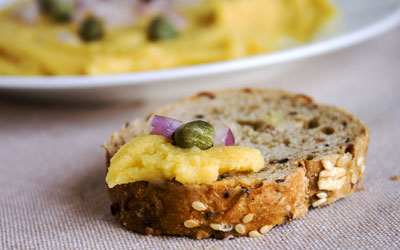

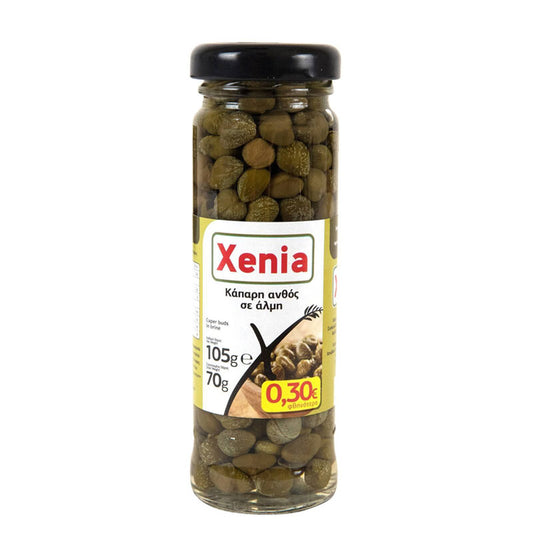

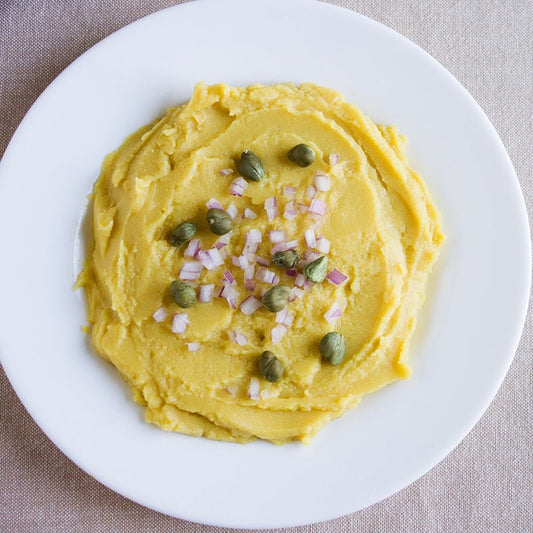

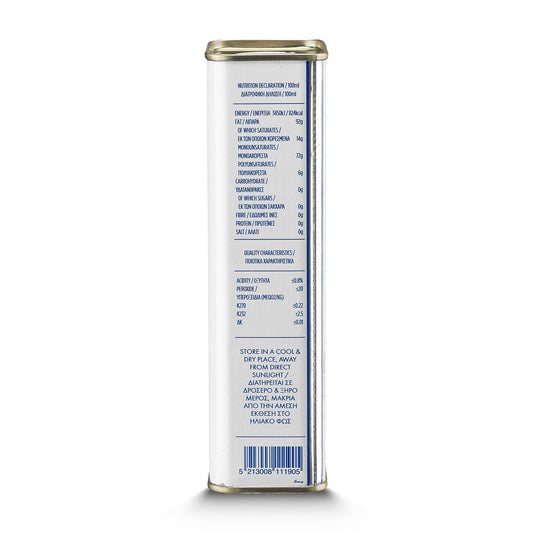

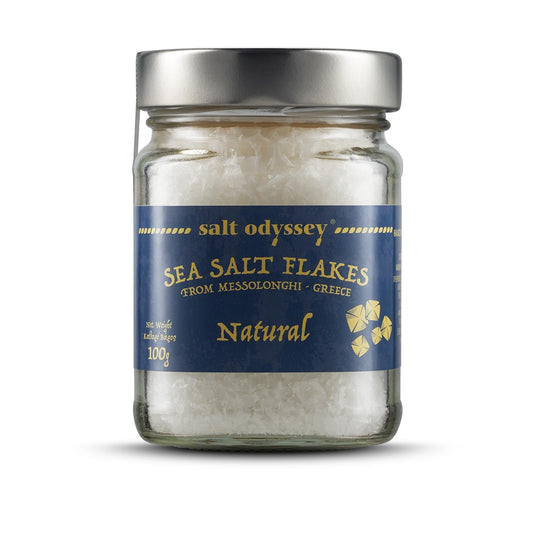
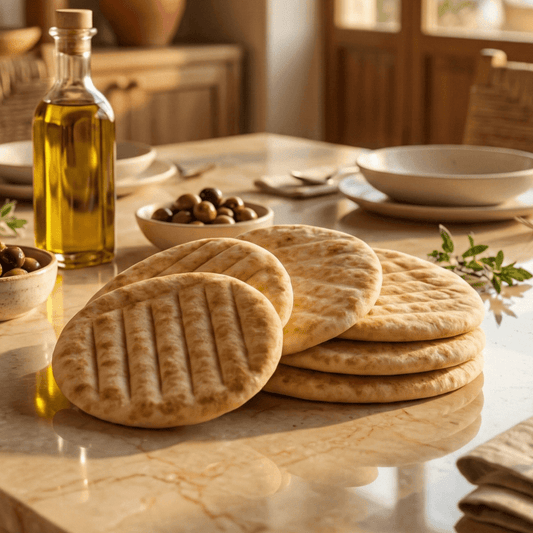
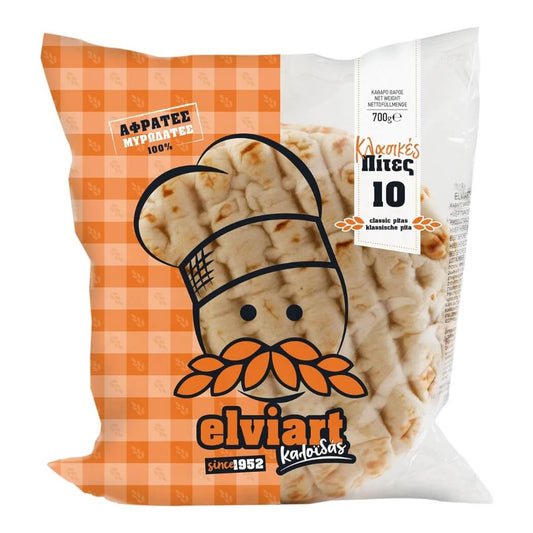

1 comment
La meilleure recette de fava et j’en ai essayé beaucoup !! Simple, facile à réaliser et délicieuse. A chaque fois c’est un plébiscite. Merci